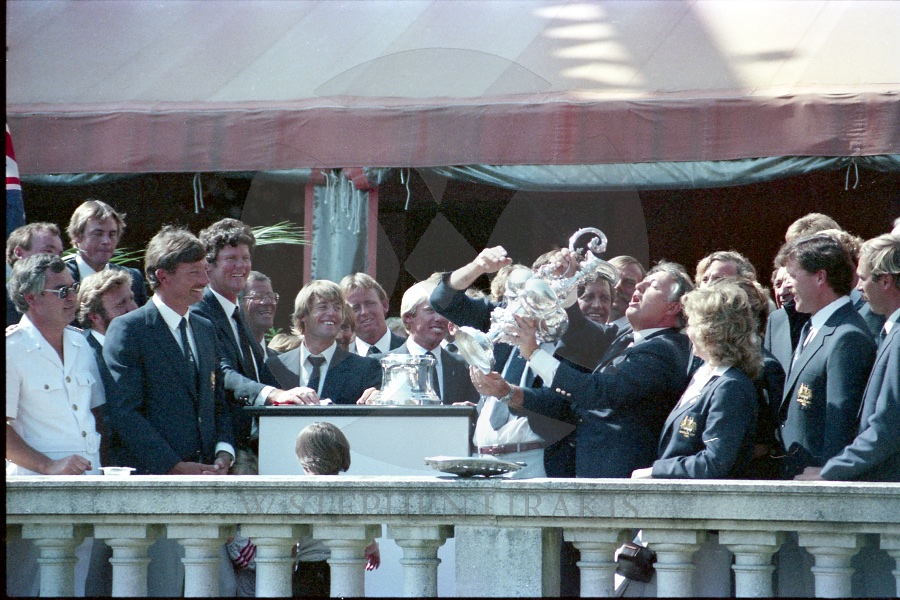
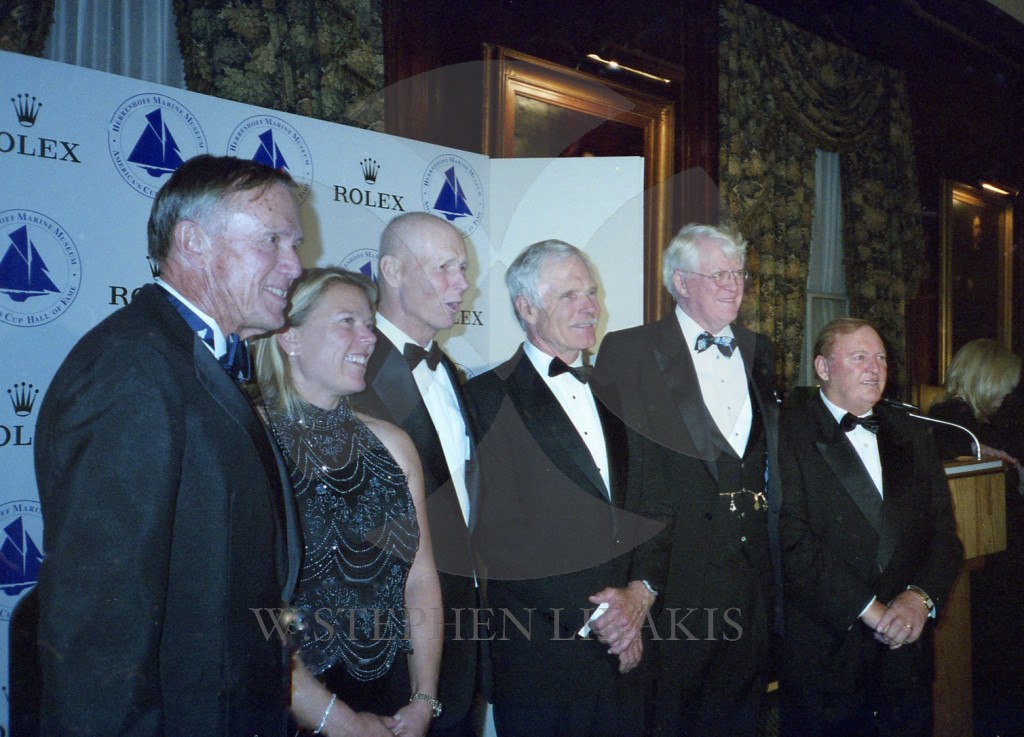
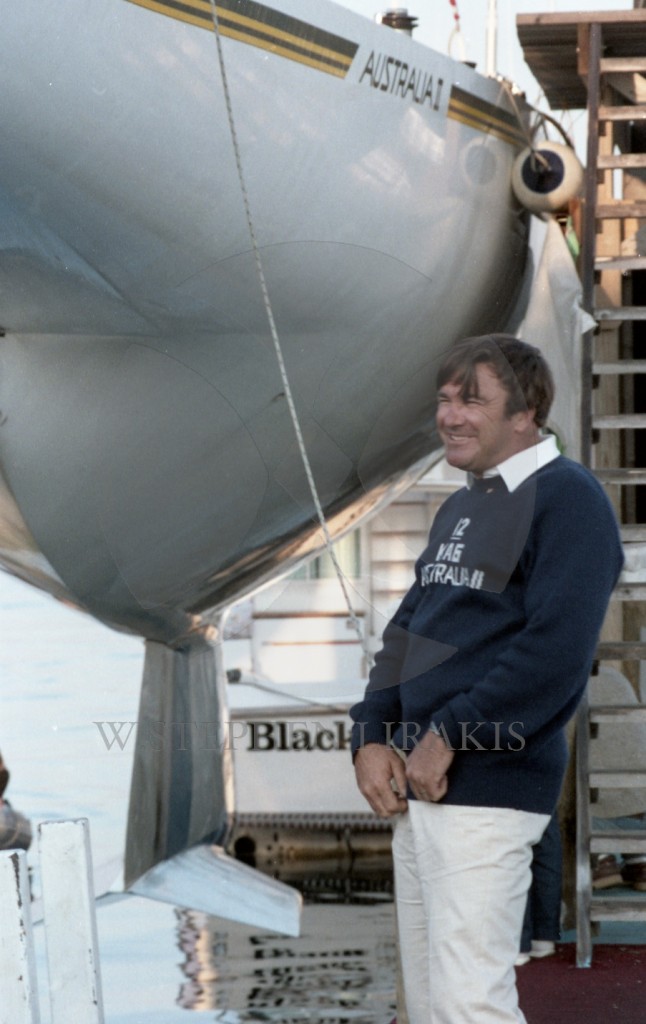
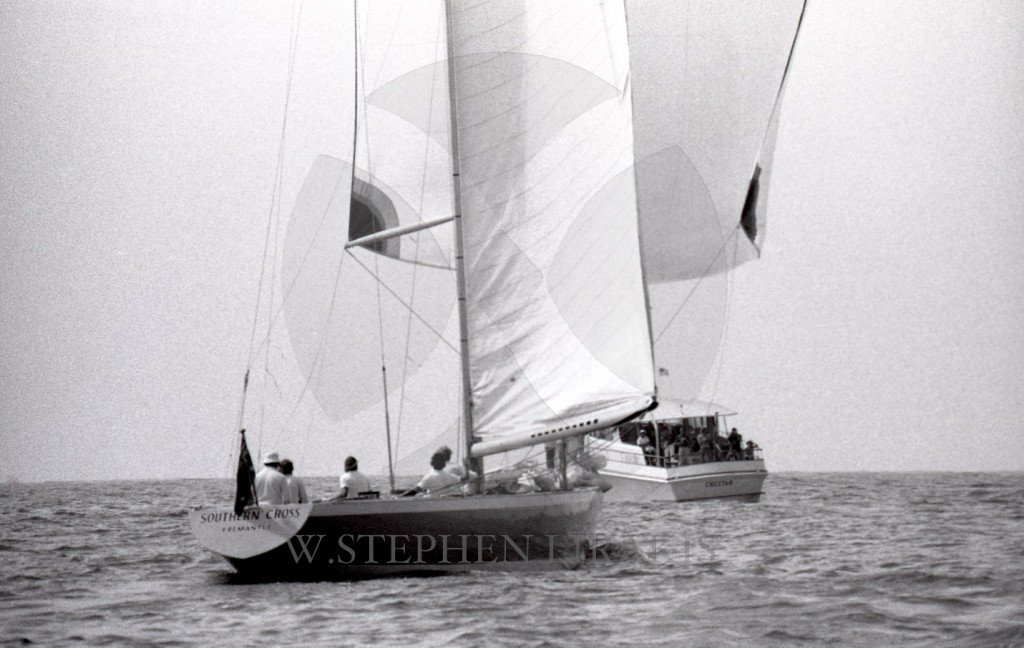
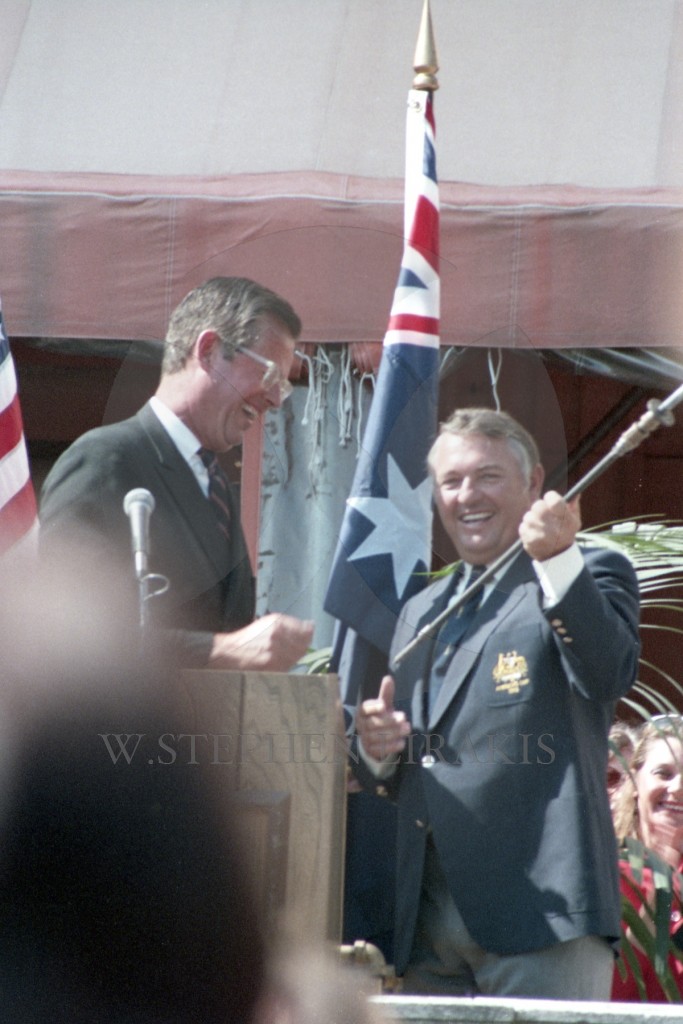
Alan Bond, the controversial business tycoon who backed Australia’s ultimately successful bid for the America’s Cup yacht race, has died aged 77. He was just 12 years old when he stepped ashore in Australia for the first time. His parents, Frank and Kathleen, like many thousands of Britons in the aftermath of the second world war, had taken the momentous decision to emigrate from the grey austerity of northern Europe to the sun-kissed southern hemisphere.
Young Alan, born in Hammersmith, west London, was plucked from Perivale school in Ealing and on arrival in Australia attended Fremantle boys’ school near Perth. He took a job as a signwriter on leaving school, but quickly realised that his future lay in business. Such was his talent and determination that before he reached his 40s, his name was known throughout Australia and beyond. In 1978 he was named Australian of the year.
His fortune was derived initially from property development, an activity which he started soon after leaving school. In 1959 he set up Bond Corporation, one of the first true “conglomerates” (corporate entities which own other, quite disparate, businesses), a form of entrepreneurship that came to dominate the stock markets internationally during the 1970s and continues to this day.
Outside the business world, however, Bond achieved fame and honour for his dedicated pursuit of the America’s Cup, the world’s most prestigious yacht racing trophy. He financed the first America’s Cup challenge in 1974, but it took a further three attempts before, in 1983, the 12-metre yacht Australia II brought the Auld Mug to the Royal Perth Yacht Club. It was the first time the trophy had been wrested from the New York Yacht Club since the competition was set up in 1851. Bond had bankrolled all four attempts, and his status as a national hero was confirmed.
Bond was big of build and charismatic of nature, and his status and personality undoubtedly contributed to an extraordinary run of successes in business. His Bond Corporation expanded from property into brewing, oil and gas, television, mineral exploitation and even airships. His personal fortune mounted up until he could be counted as one of the richest men in Australia, worth billions of dollars.
“Bondy”, as he was universally known, and his first wife, Eileen (nee Hughes), were seldom out of the society columns. He moved between Australia and London, where his business interests were also developing. Four years after the America’s Cup triumph, Bond paid US$53.9m for Van Gogh’s Irises, at the time the largest sum ever paid for a single painting.
Earlier in 1987, Bond purchased the Australian television network Channel Nine from Kerry Packer, a fellow Australian tycoon, for A$1.2bn, a deal that was to be the high-water mark of Bond’s success. In October that year, stock markets around the world crashed, an event that proved catastrophic for Bond and many other entrepreneurs.
As he struggled to keep his empire afloat, his personal life also suffered. In 1990, his marriage of 35 years was dissolved. Under pressure from the banks, that year he stepped down as chairman of Bond Corporation, which was collapsing under a mountain of debt. He began to believe that those who once feted him had been working to bring him down.
A year later, Bond Corporation finally went under, with Bond’s personal and corporate businesses inextricably entwined. He always insisted, however, that there was “no dishonesty” in the group or in the interlocking finances.
In 1992, he was declared personally bankrupt over a loan guarantee. He was accused of secreting away money and real assets such as diamonds and art treasures in overseas locations, places where neither the authorities nor his creditors could touch them. He claimed to have personally lost A$900m.
Nevertheless, he was jailed for dishonesty in relation to an Australian merchant bank, Rothwells, that had collapsed. He spent three months in prison but was later released and acquitted. Meanwhile, despite having other charges hanging over him, which led to two more convictions and prison sentences in 1995 and 1997, Bond was already beginning to lay down the foundations of a second life and a second career. He spent a total of four years in jail.
In 1995, he was released from bankruptcy. He married for the second time, and once again Bond and his new wife, Diana Bliss, began to appear in society. She was a former Qantas flight attendant whom Bond had met when she was working in public relations. Banned from holding directorships in Australia, Bond moved his centre of business overseas. He acquired interests in diamonds and oil, mostly in Africa. He lived in London but based his business interests elsewhere.
While his wealth steadily accumulated, much to the chagrin of investors who had lost money in the earlier Bond ventures, his personal life was more difficult. One of his daughters, Susanne, an equestrian show jumper, died in 2000 from a suspected accidental overdose of prescription medicine. Diana, who had carved a successful career as a theatre director, took her own life in 2012.
Bond was knocked back by these tragedies but found solace in Farm Street, the Jesuit church in Mayfair, London. His own health, however, was deteriorating. He had undergone open heart surgery in the 1990s, and in the week of his death returned to Perth for further surgery. His first wife, Eileen, travelled to Australia to be by his side.
He is survived by her, and by his sons, John and Craig, and daughter Jody.
• Alan Bond, businessman, born 22 April 1938; died 5 June 2015
• This article was amended on 5 June. A reference to Alan Bond’s second wife, Diana, being given the nickname “Big Red” by gossip columnists was deleted: it was his first wife, Eileen, whom they had given the nickname to.
